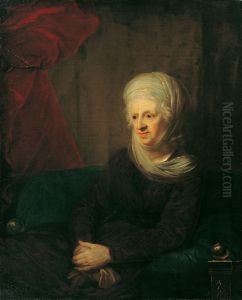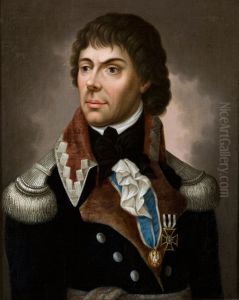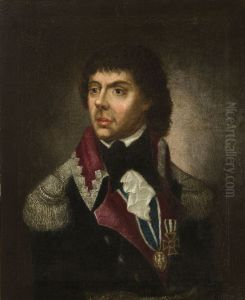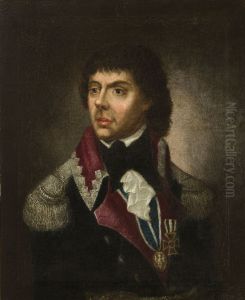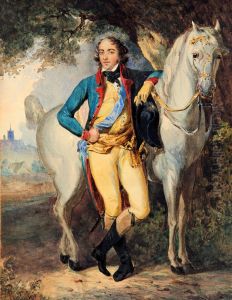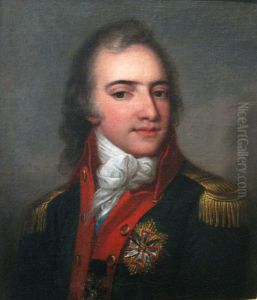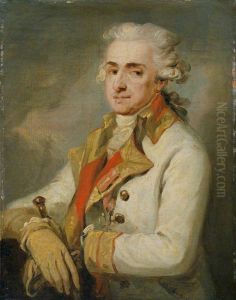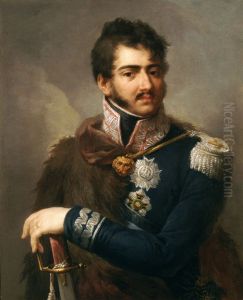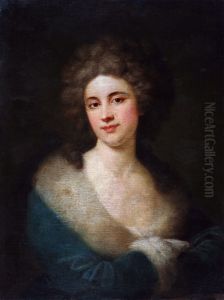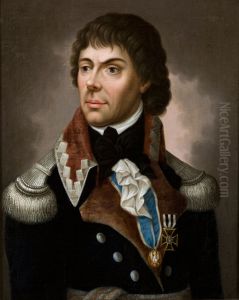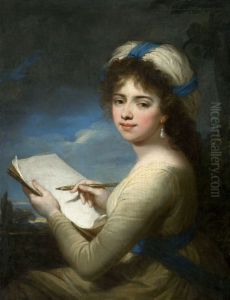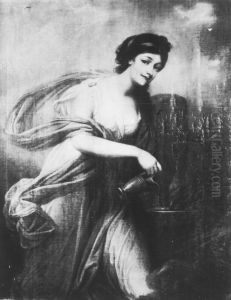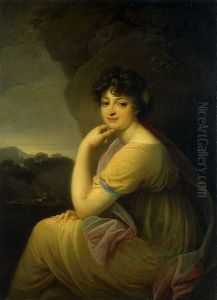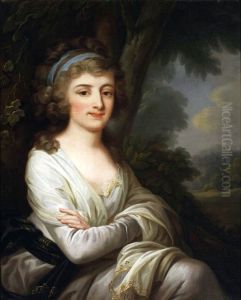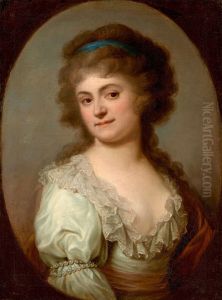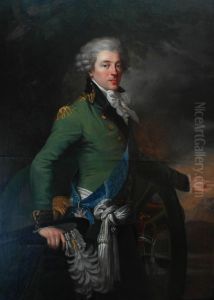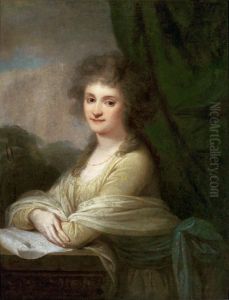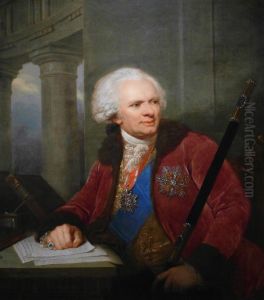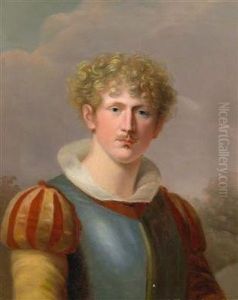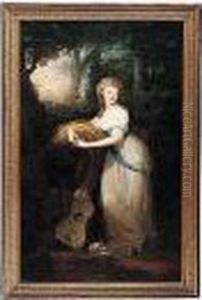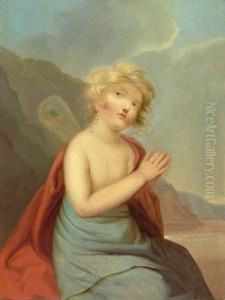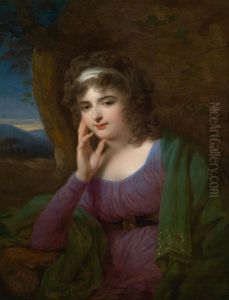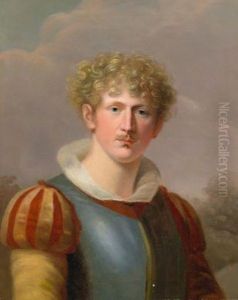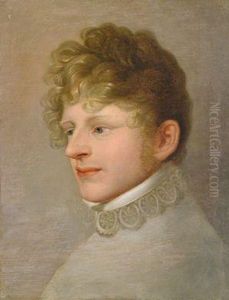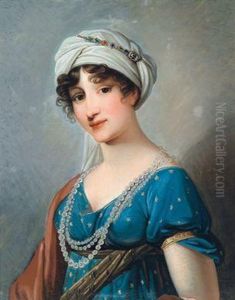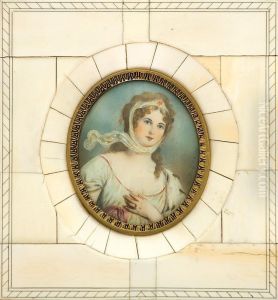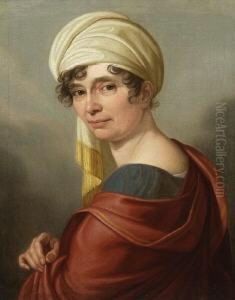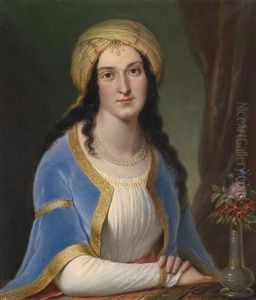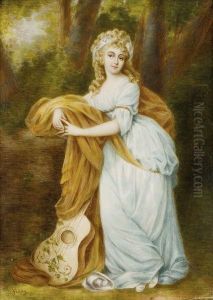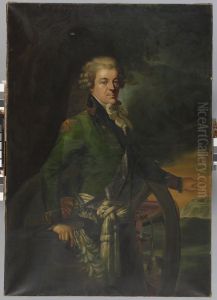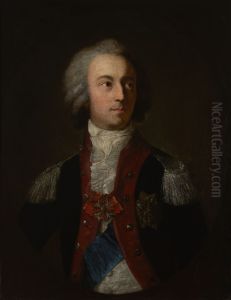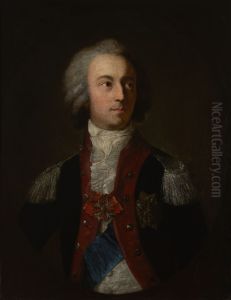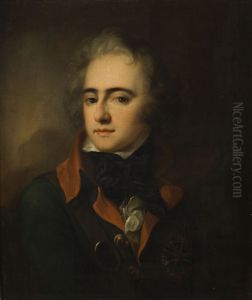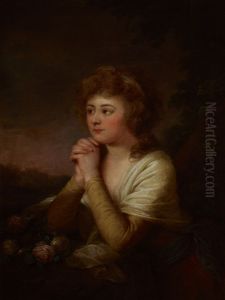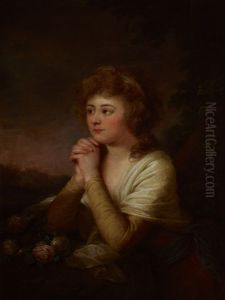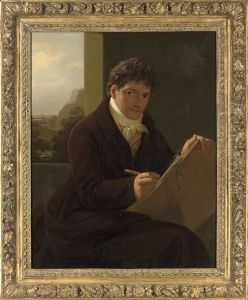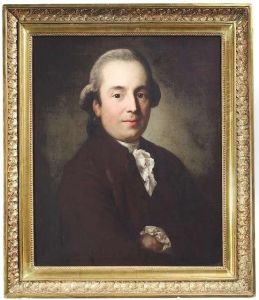Josef Grassi Paintings
Josef Grassi was an 18th-century Austrian painter known primarily for his portraits and historical subjects. Born on December 22, 1757, in Vienna, Austria, Grassi was part of a family deeply involved in the arts; his brother, Johann Baptist von Grassi, was also an accomplished sculptor. Josef Grassi's artistic journey began at the prestigious Academy of Fine Arts Vienna, where he honed his skills and developed a keen interest in portrait painting.
After his education, Grassi traveled extensively across Europe, which greatly influenced his artistic style. He spent significant time in Italy, particularly in Rome, where he was exposed to the works of classical artists and the burgeoning Neoclassical movement, which would come to define much of his later work. Grassi's style is characterized by its elegance, clarity, and emphasis on the beauty of his subjects, embodying the ideals of Neoclassicism.
In 1787, Grassi moved to Dresden, Germany, where he would spend much of his career. He became a professor at the Dresden Academy of Fine Arts in 1804, a position he held with distinction until his retirement. During his tenure, he was highly regarded both as an artist and an educator, influencing a generation of German painters. His works from this period include a mix of portraits, mythological scenes, and historical paintings, with portraits being his most sought-after commissions.
One of Grassi's most famous works is the portrait of Countess Maria Antonietta of Brunswick-Wolfenbüttel, which exemplifies his mastery in capturing the grace and elegance of his subjects. Despite his success as a portraitist, Grassi never limited himself to this genre alone, continuously exploring different subjects and techniques throughout his career.
Josef Grassi's contribution to the arts did not go unnoticed during his lifetime. He was recognized for his artistic achievements with several honors, including membership in various European art academies. His legacy continues to be celebrated for its significant impact on the development of portrait painting and the dissemination of Neoclassical ideals in art.
Grassi passed away on January 7, 1838, in Dresden, leaving behind a body of work that continues to be admired for its beauty, precision, and elegance. Today, his paintings can be found in museums and private collections around the world, testament to his enduring influence and mastery of the Neoclassical style.
